UX design innovation for airports: concept car to the rescue
Improving the UX for an international, technical company. That is the challenge Odeke Lenior faces as manager UX Design at Vanderlande. “By borrowing a practice from the automotive industry and presenting a piece of the software as a concept car, you can create a tangible vision of the future. And get your transformation rolling."
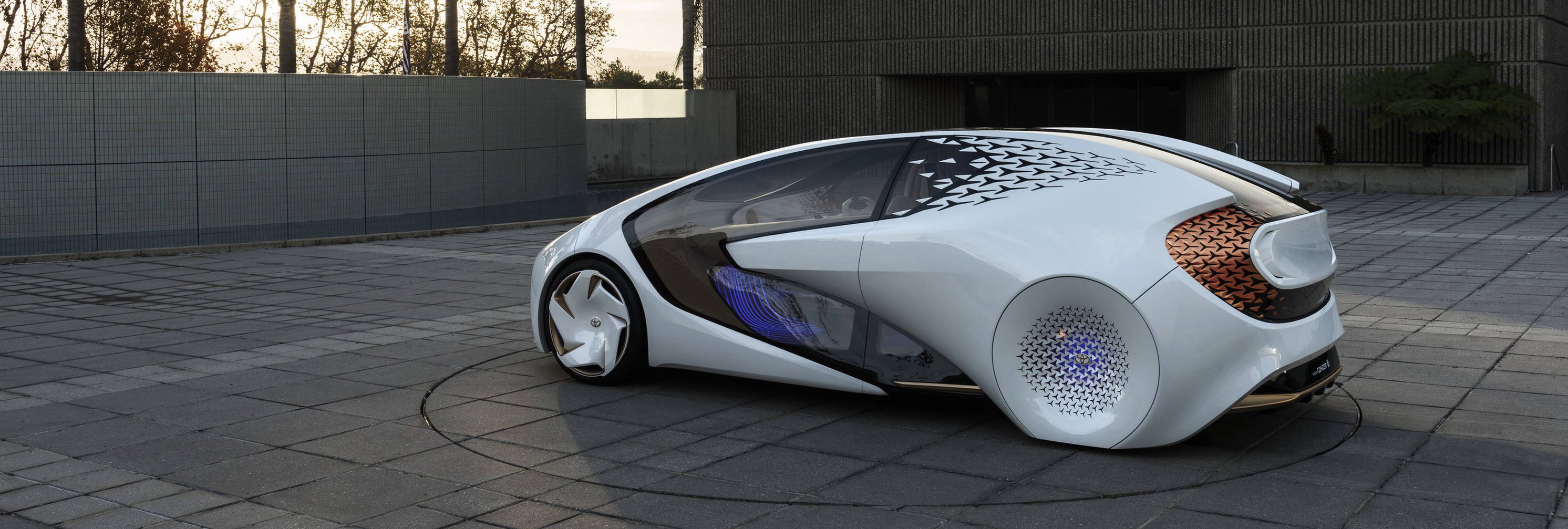
As a technical player that supplies automated transport and sorting systems worldwide for services such as baggage handling at airports, Vanderlande's main focus has traditionally been on hardware. A good system should get luggage from a to b with as little trouble as possible, is the engineers' reasoning. "But now that user-friendly software is increasingly common in the B2C world, professional users also expect a user experience that does not require training," says Odeke, manager UX Design at Vanderlande.
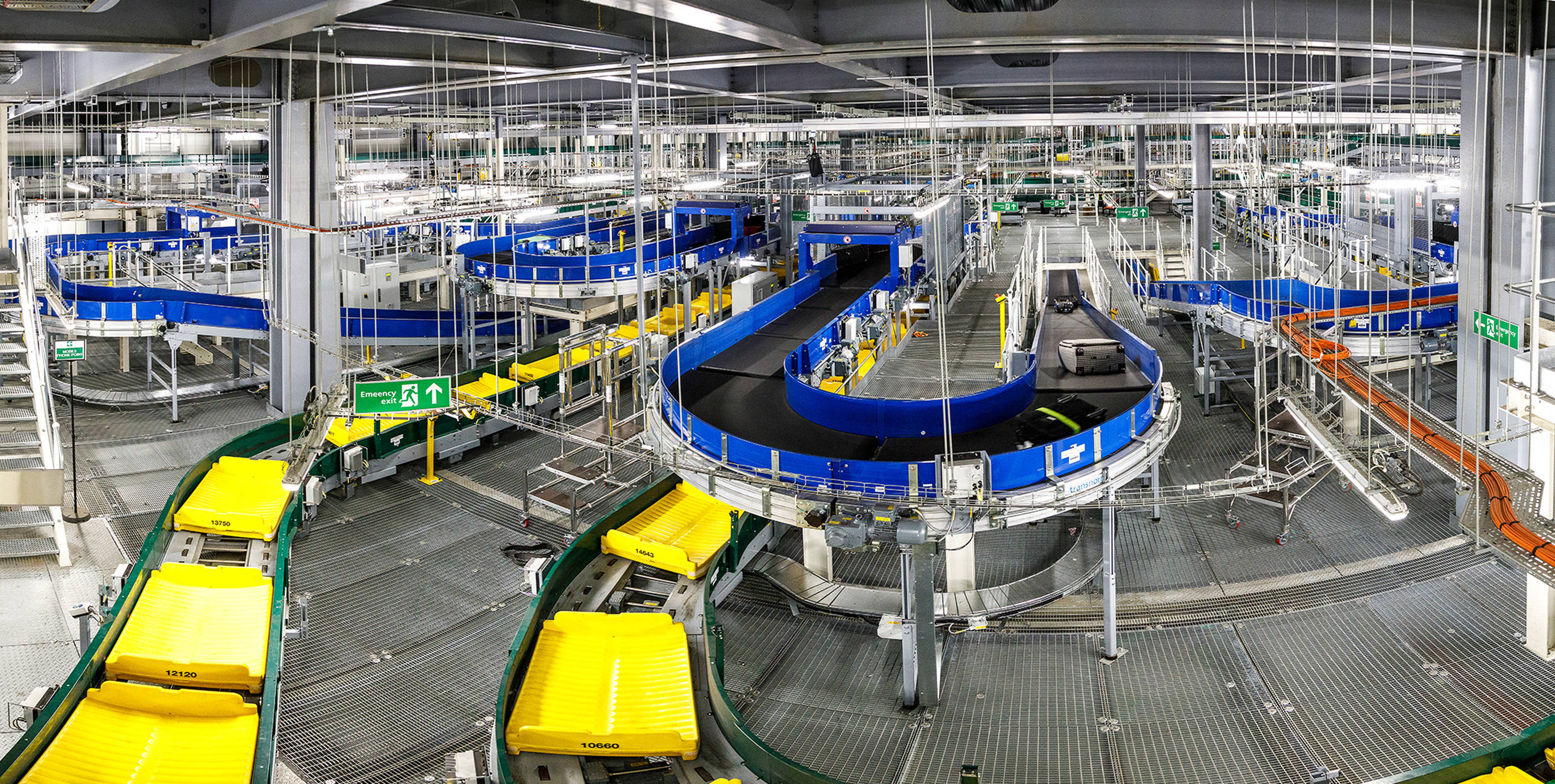
If existing technology is the starting point, you can only make small improvements in small steps. Odeke saw a growing need among customers for a better UX. She realized that in order to really innovate, Vanderlande should not focus on the technology but on the end user. "If you want to make the switch to User Centred Design, tinkering on outdated software won’t cut it. You have to learn to look at systems differently and create ones that have a more convenient set up."
For a technical company, User Centred Design thinking is a big step
Take a baggage control room at an airport; this kind of room tends to be the size of one to three classrooms. In it, from three to as many as twenty control operators monitor parts of the process via screens. They monitor how many planes arrive and depart, and decide how the bags can be sent from a to b as quickly and efficiently as possible. "In essence, our systems ensure that every suitcase ends up on the right plane at the right time. This is a complex chain of cooperation between different parties. From the airport and the security personnel to the baggage handlers. We support and automate that process with our systems."
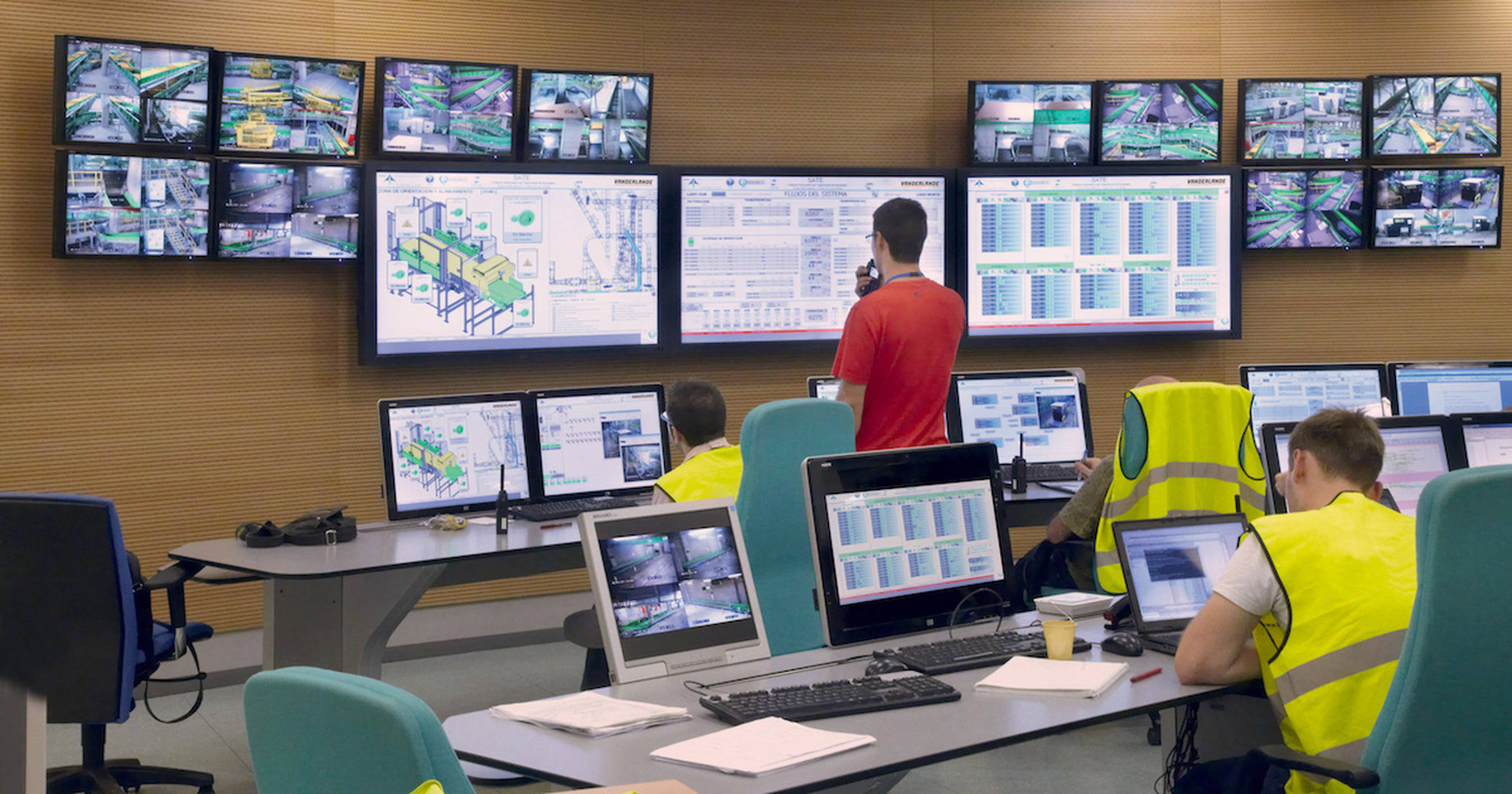
"If you really want to change something, UX innovation has to go more than skin deep," Odeke says. "Otherwise you'll get stuck in details. The larger system must be completely overhauled. It also requires a different way of looking at the entire organisation. Namely with the end user in mind; how can you add value for this person. And thus for his employer, our customer."
Vanderlande's strategy is to put UX Design on the map across the board and to embed it in the organisation. The big question was how to do that. "With strategic design agency Fabrique, we looked at how best to bring in inspiring ideas. They have experience in doing this in a customer-friendly way."
Don't explain the power of UX - show it
A joint team of Fabrique and Vanderlande started building a concept car. “To give a good response to the need for a better UX, you need to show the power of UX Design. Instead of responding directly to the overarching desire to revise the entire software suite, we first fished out a small piece and used it to design a new concept. Initially without our software developers, so as not to be hindered by technical limitations."
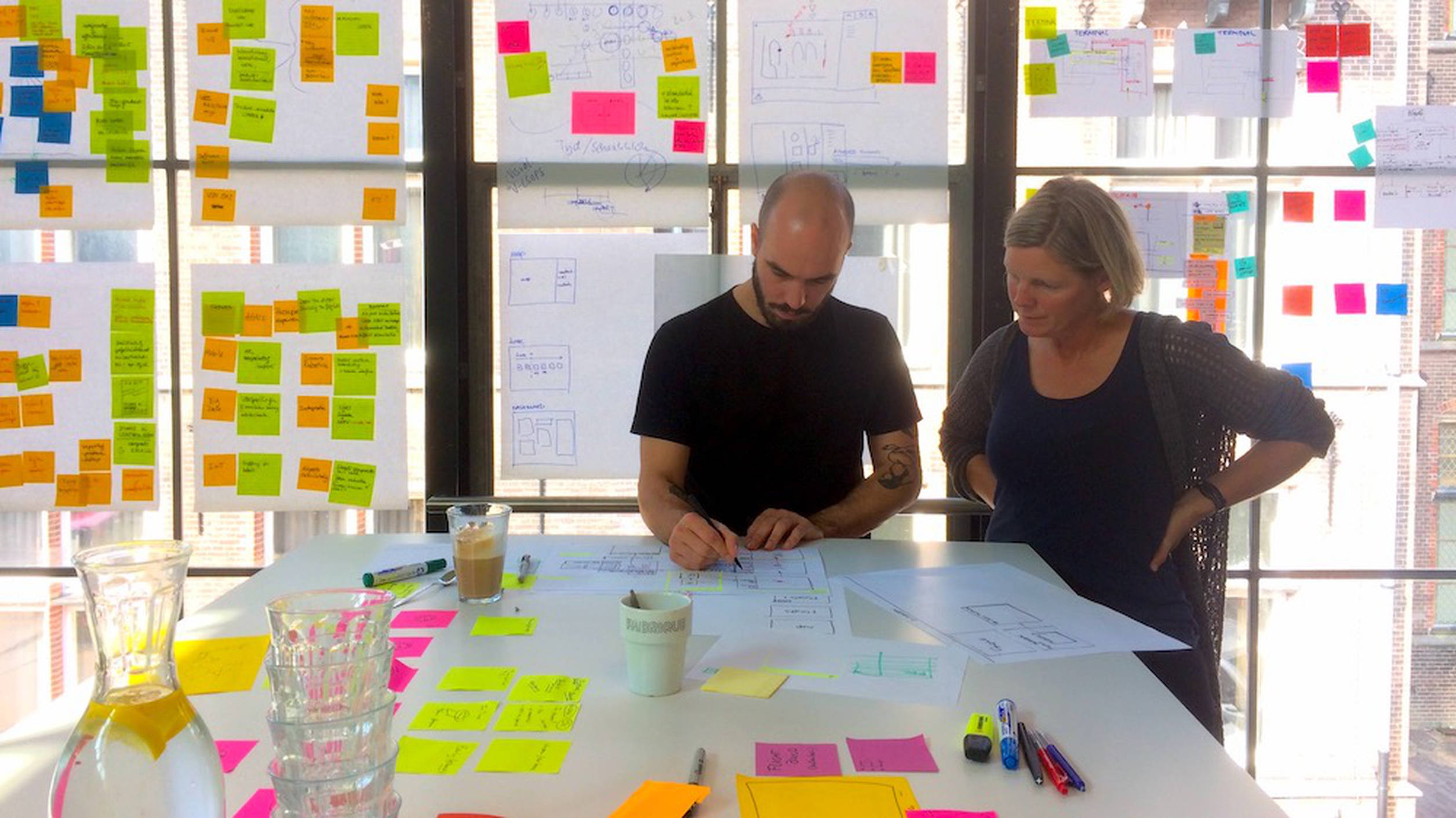
Fabrique regularly uses the idea of a concept car. A concept car is a vision with a broader scope than a design sprint and is really meant to convince stakeholders. It helps a company to get away from physical technology and old ideas and beliefs. In just five days, a small team can create something really cool, which you can then validate internally and externally. The same way a concept car is used at a car show; to find out what the public finds attractive.
Better UX design? Don’t make promises in a Powerpoint presentation, but make it tangible right away. With a concept car you can do this in a week.
"Where Vanderlande's current software systems really required training to get value out of the complex and abstract interface, in the concept car we tried to build in as much intuitive recognisability as possible. Loose maps, for example, needed to monitor the system, were combined into one map." And extra layers of information were then added to that map. As a result, fewer screens need to be open at the same time and fewer people are needed to monitor all the different applications.
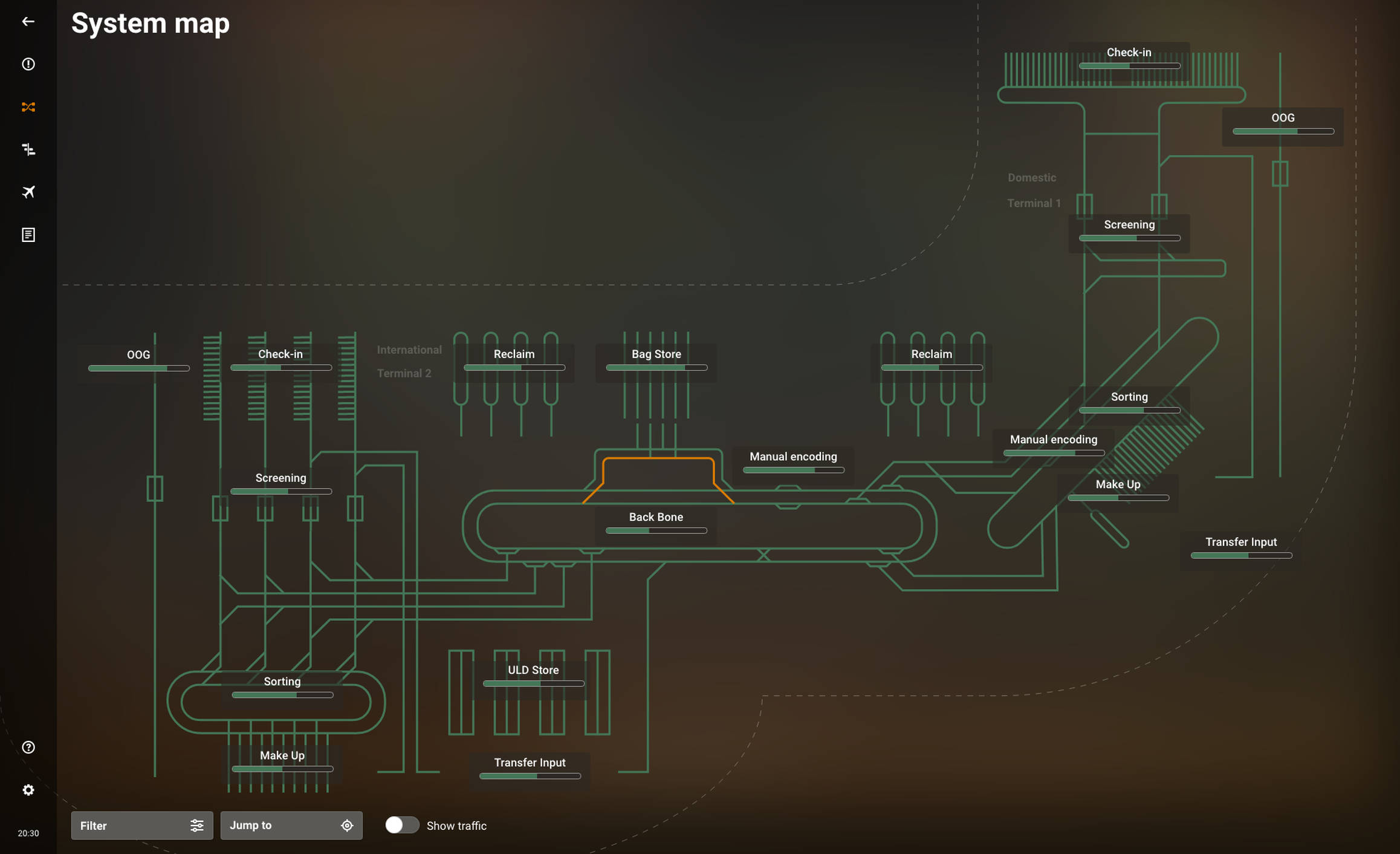
"Compare it to the development of navigation systems," Odeke explains. "The first navigation systems were complicated to calibrate and provided nothing more than a route on a map, on which you were sent left or right. If you couldn’t go straight on you would see a red cross, so to speak. Later versions, such as Google Maps, provide intuitive seamless zoom interaction and are smarter. You are given information about a traffic jam at the moment you need it, with a suggestion for another route. We put that kind of user interaction and intelligence into the concept car."
The concept car got the transformation rolling
Everyone at Vanderlande was enthusiastic about the concept car. "They wanted to start using it straight away." But for Odeke that was the moment to apply the brakes and explain that this was a piece of something much bigger that Vanderlande would have to implement. "A concept car should really be seen as a first teaser. The concept car really opened Vanderlande's eyes and got the transformation rolling. It was really cool, and it made us all think: why don't we have this yet? This is what we need, this is what our customers really want. It enabled us to arrange a budget for the larger project."
Another reason to keep the bigger idea to yourself after presenting the concept car is that it will give you more time to let people get used to the backgrounds of the vision. "A concept car isn't just a cute novelty - it's a different way of thinking," Odeke says. "You don't want an over-enthusiastic team in another part of the organization tearing the demo apart without understanding the thoughts behind it. You have to explain carefully why you're doing what you’re doing. So that the organisation can gradually start to look at quality in a different way. And thus change its way of working."
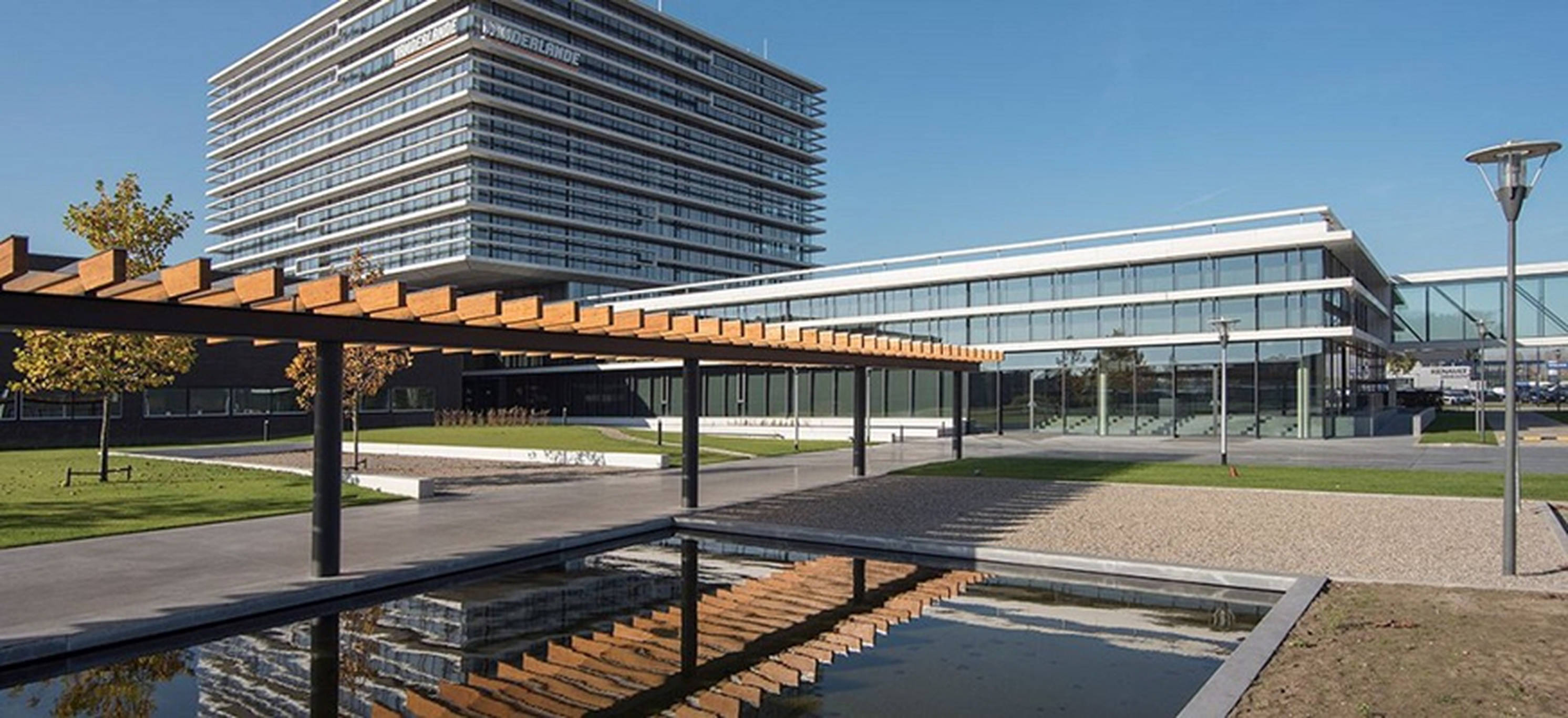
Getting Started
The process of creating a concept car is relatively simple: first, get together with a design team and make sure you are well-prepared. Then you focus on the task of building the car for a week. A little while later, when all the excitement is behind you, you can go back and see if anything needs to be tweaked.
The challenge of a concept car lies in the fact that it is all about innovation. It shouldn't be an unreachable dream; it should be grounded in reality. You've got to create something that's achievable. The most difficult discussion is therefore how far ahead in the future the concept car should be placed: is it a concept that you could start developing tomorrow, so to speak, or is it a vision of what things should look like in ten years' time? Both of those are not recommendable. The challenge is to find the middle ground; this car should be driving around in about three years’ time. That’s your goal.
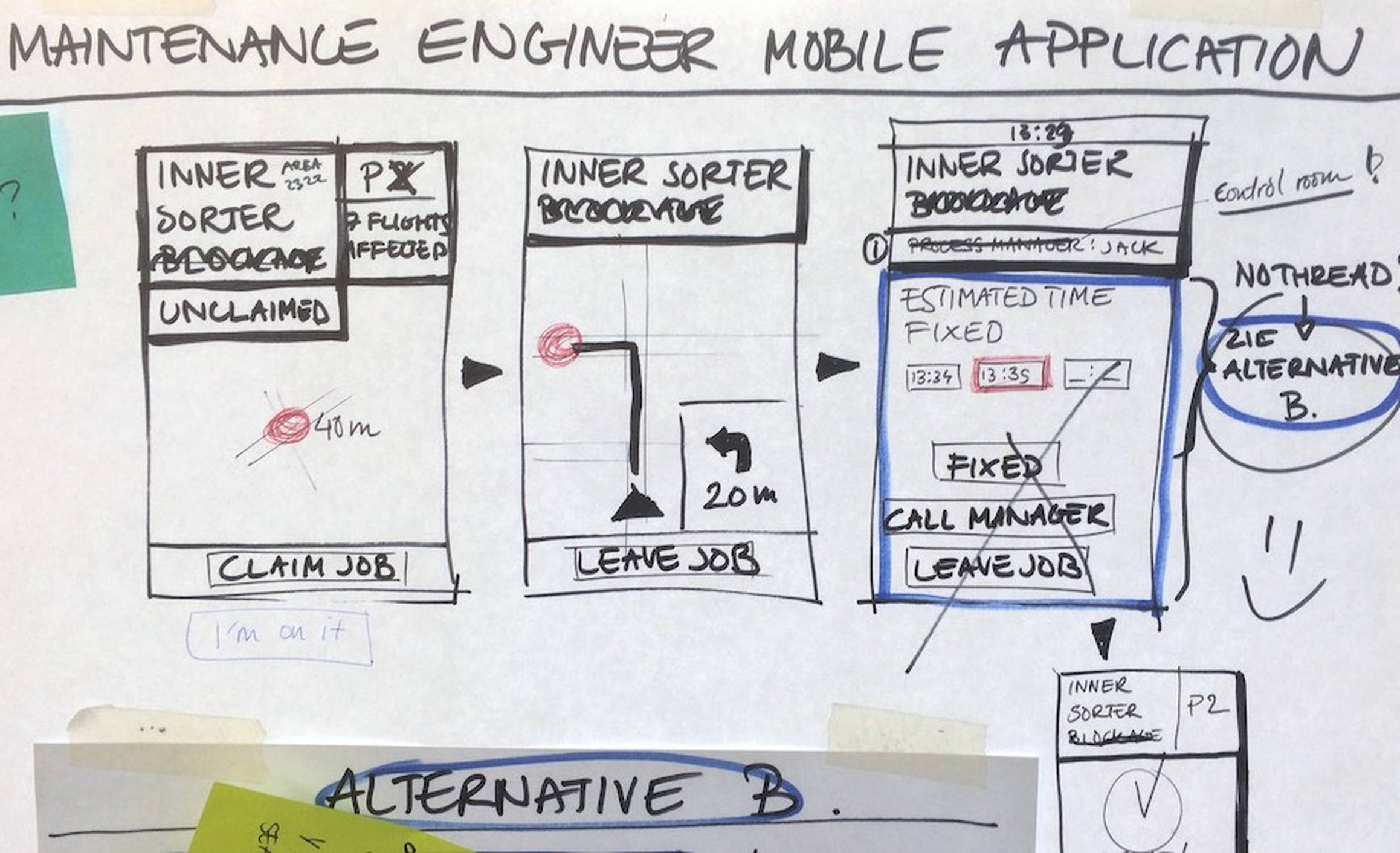
Odeke: "An important question is also which partners from the organization you choose to invite. With too few people, you don't have enough reality at the table. But if you involve too many people, it gets too complicated." The way to sketch this picture of the future is therefore to put part of the stakeholder field on the back burner, as it were. As a rule, one or two people participating in the design is ideal. This can be difficult for an organization to accept, because there are always more people who have an opinion.
"We are an innovative company, but through this working method with Fabrique we have learned put more focus on, and glean more inspiration from, the end user. To create a greater end value for our customers," says Odeke. "We were already able to see this from the perspective of our technology and the business case, but now we have a vision and focus that we can literally see in front of our eyes.”